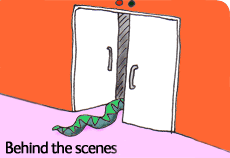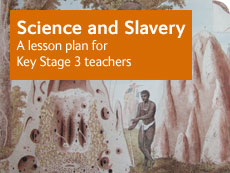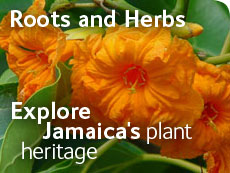Slavery and the natural world
The Natural History Museum looks after millions of specimens, books and artworks. This video, introduced by Museum botanist Sandy Knapp, explains how the Museum is indebted to many people that have contributed to our historical collections. A lot of contributors have gone unrecorded, but their legacies have helped the development of science.
The Museum’s collections, including Hans Sloane's founding collections from the time of the slave trade, reveal a number of unique links between slavery and the natural world.
In partnership with community groups we have commissioned new research into the collections, run a series of public events and created educational resources.
The research begins to recover the experiences of enslaved people and the significance of their contribution to science.
It gives an insight into the use of plants in everyday life, as food, medicines and poisons. It uncovers powerful and complex histories of enslaved people and naturalists.
The following downloadable chapters present a range of images, quotes and evidence from the collections at the Museum, along with comments and questions raised by visitors.
Chapter 1: The project PDF (187.0 KB)
Chapter 2: People and the slave trade PDF (693.2 KB)
Chapter 3: Commercial plants PDF (690.6 KB)
Chapter 4: Everyday life PDF (606.6 KB)
Chapter 5: Diet and nutrition PDF (515.7 KB)
Chapter 6: Resistance PDF (433.4 KB)
Chapter 7: Fevers PDF (306.0 KB)
Chapter 8: Medicines PDF (4.0 MB)
Chapter 9: Transfer and exploitation of knowledge PDF (498.6 KB)
Chapter 10: Attitudes and acknowledgement PDF (784.6 KB)
Toolbox

There are 27 km of specimen shelves in the Darwin Centre - the same distance as between the Museum and Junction 6 of the M1.

